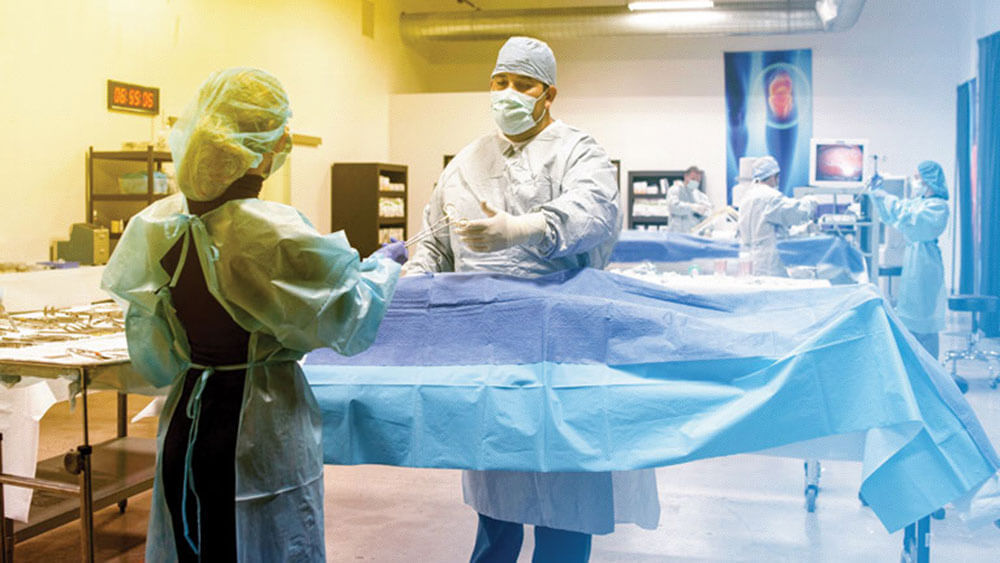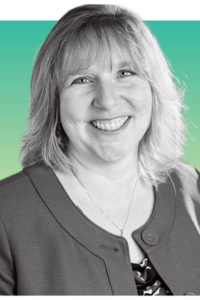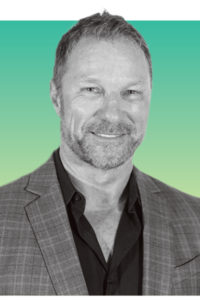
Medical events are increasingly high-tech and high-touch.
“I work in a 197-room hotel,” posted a writer on a Reddit forum two years ago. “Last weekend, we hosted a cadaver lab in our meeting rooms. I know this is necessary for the education of medical fields but to be hosted in a hotel seems a little strange. When checking the attendees into the hotel, everyone had to ask where the cadaver lab was while being within earshot of other guests.”
The comment by the uncomfortable hotel staffer illustrates the challenges that hotels — and often convention centers — face when trying to accommodate medical events that require cadavers. Even showcasing cutting-edge medical technology and products, like displays of large robotic arms, can prove difficult in typical exhibit halls, convention centers, and hotel ballrooms.

Deborah Reuter
“We’re finding that the model of an exhibit hall and attendees going and talking to exhibitors is just not enough anymore,” said Deborah Reuter, senior vice president of education at the Association for the Advancement of Medical Instrumentation (AAMI), a nonprofit focused on the development and use of medical technology, which holds events year-round. “Things are evolving quickly and attendees really want to understand the technology.”
To bridge the gap, special events venues created specifically for the medical field are coming on line. These facilities make it easier to demonstrate the very latest procedures and technology at medical events, according to Nick Moran, CEO and founder of one such facility, Axis Research & Technologies. The Irvine, California–based company’s 10,000-square-foot facility is designed to host medical meetings, demonstrations, and product testing with ease.

Nick Moran
There are a number of hurdles traditional venues have to surmount “in order to create the experience [attendees] would have in our space,” Moran said. Namely, “it would take too much money, it would be too time-consuming, and there are too many legal obstacles. Hotels do it, but they fail at it miserably.” The No. 1 challenge those venues face when hosting medical events, he said, is the cadavers. “Who wants to have a cadaver in the room,” Moran said, “and then a lunch-and-learn in the same place, or a wedding three hours later? That’s not very appealing.”
Educational sessions, demonstrations, and other medical conferences hosted at Axis often use fresh-frozen cadavers and the facility provides freezers, coolers, and transportation. Medical professionals can also use embalmed cadavers, dummies, or organs if they prefer, he said.
Cadavers and Pig Bladders
Regenerative medicine company ACell has held events in both traditional meeting venues and at Axis. The best way for medical professionals to experience the benefits of their products is by watching them in action and working with them, said Bill Hrubes, the company’s vice president and chief compliance officer. ACell’s wound-healing products made from pig bladders are often used in hernia repair and come in different forms, including powder and wound sheets.
ACell holds educational programs at third-party conferences and hosts its own events at a variety of venues for physicians, physician assistants, nurses, and other medical professionals. To properly show off the product, Hrubes said, the company typically uses cadavers to simulate real-world conditions.
But Hrubes has experienced problems when trying to create the impact needed in a hotel ballroom. Sometimes a large financial deposit is required. Setup and breakdown of equipment can call for significant manpower. There’s often haggling over whether the company is permitted to bring in human tissue. “It’s much more difficult and a challenge,” Hrubes said, “when we don’t have a proper lab and educational setting.”
ACell holds up to 15 large lab and educational meetings and 70 smaller dinners or discussions throughout the year, and has held some of these events at the Axis facility in Irvine. The building features a high-tech amphitheater for 100 people, two bio skills labs that simulate operating rooms for hands-on learning and demonstrations, and a multi-station bio skills lab that can accommodate 10 stations.
The labs mimic an operating-room atmosphere, but are also equipped with video telecommunications equipment to record high-definition digital images and video — compliant with federal health and privacy laws — and can broadcast them throughout the facility or share them with other professionals who aren’t on site.
Using a specialized medical space makes it easier for companies like ACell to highlight their products, Hrubes said. “When it comes off smoothly, it reflects on the company as a whole, because people see us as professional and state of the art,” he said. “That’s really important.”
In addition to the medical labs, the Axis facility offers conference rooms, dining areas, and on-site catering. The Axis staff tries to make events held there a distinct contrast with traditional medical conferences, Moran said, playing music and videos, and offering snacks and games like Ping-Pong for break times.
The medical facility model has been so successful that Axis opened another property in Columbia, Maryland, in July, with an additional facility scheduled to open later this year in Austin. “A lot of people in this industry are very hip, cutting-edge, and intelligent and they get bored easily,” Moran said. “We try to create an atmosphere where they feel comfortable.”
‘See It Work in Real Time’
Reuter said her organization has been trying to increase the interactivity of its annual AAMI Conference & Expo for some years. But she said it can be difficult to get the level of hands-on demonstrations she’d like.
The conference has started featuring what it bills as its “Interoperable Experience,” that allows vendors to bring their equipment to the show floor and demonstrate how it all works together. For example, Reuter said, the demonstration will highlight how an infusion pump can automatically tap into a patient’s electronic health record to detect the proper dosage of medication to administer. “It’s really cool because people can see it work in real time,” Reuter said. “But we’re very limited because we’re in a convention center and it’s expensive to connect all devices. You need Wi-Fi and lots of electrical connections.”
For smaller events, AAMI has explored more medically oriented centers, mostly based at or affiliated with hospitals or universities. In Tampa, AAMI visited the Center for Advanced Medical Learning and Simulation, which is part of the University of South Florida. Opened in 2012, the facility offers 39 surgical skills stations for hands-on training and simulations, a trauma operating room, and a general lab for meetings, education programs, device testing, and events, said Paul Ayres, the director of marketing and business development.
The facility is distinctive from other university medical facilities in that it is located off campus, directly across from the Tampa Convention Center. So if a medical organization is hosting a conference at the convention center, it’s easy for attendees to cross the street and see what the latest developments look like “in a true clinical environment,” Ayres said.
“At the Hyatt, they’re not going to understand what you need the room to look like and be like — that’s not their forte,” he said. “We speak the language and understand how to provide the right experience.”
To learn more about:
› Axis Research & Technologies facilities, visit axisrt.com.
› AAMI, visit aami.org.
› Advanced Manufacturing group of UBM Americas, visit ubm.com/sectors/advanced-manufacturing.
